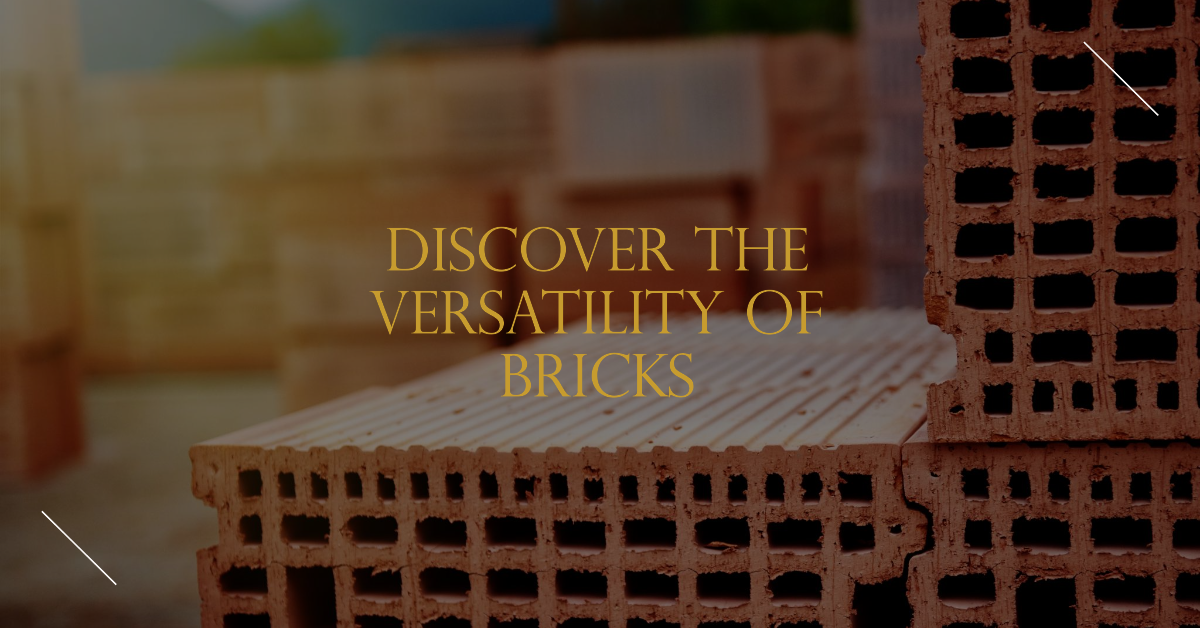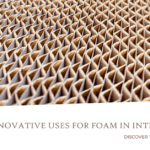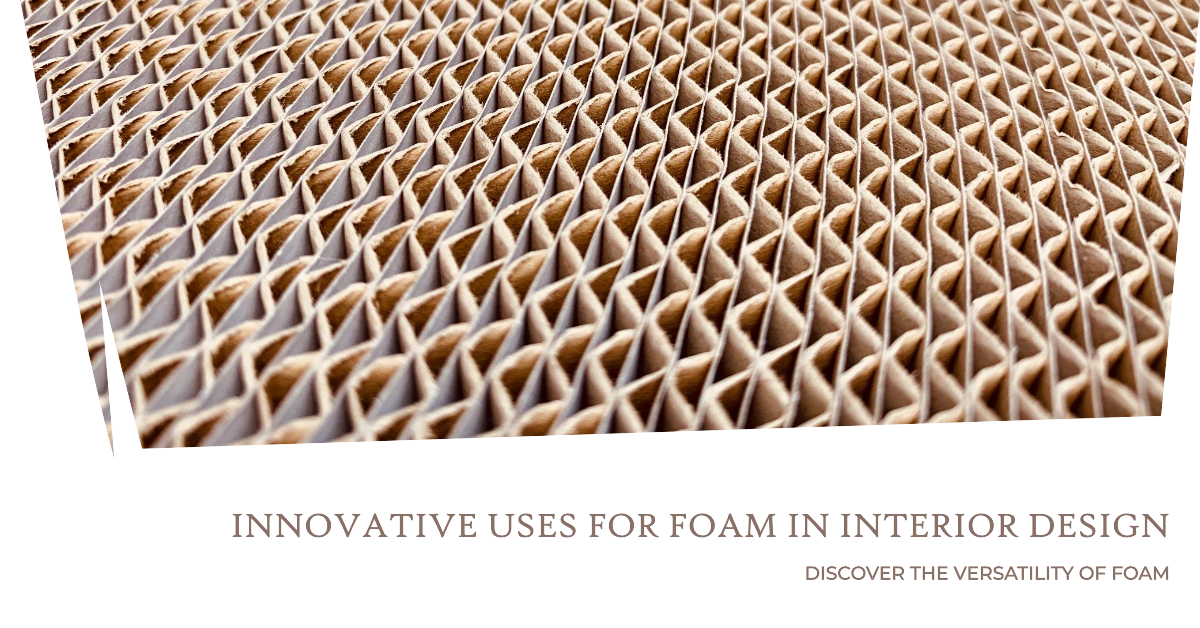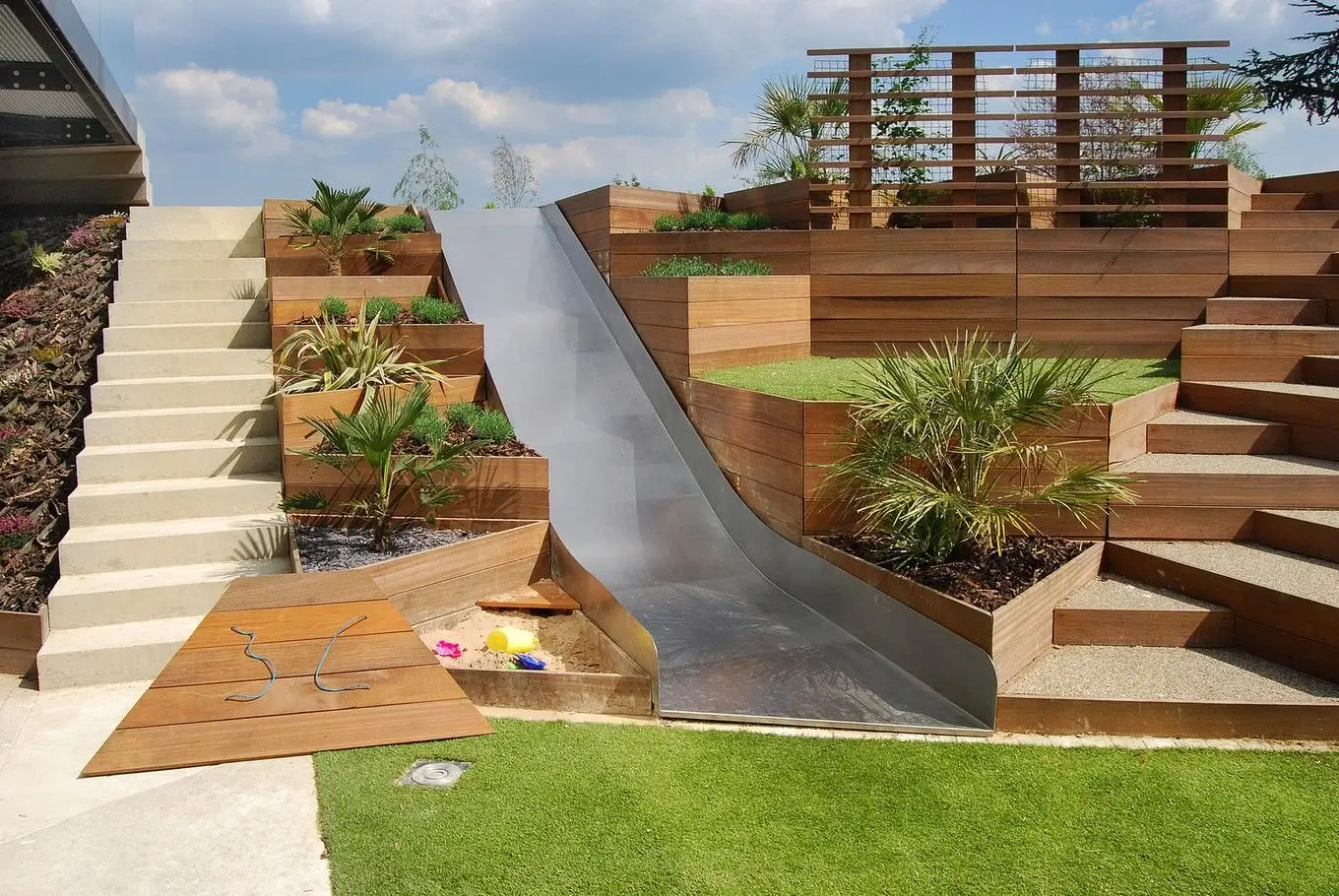Introduction:
Bricks have been a fundamental building material for thousands of years, offering both durability and aesthetic appeal. Their evolution has led to the development of various types of bricks, each suited to different construction needs and environments. Understanding the characteristics of each type of brick can help architects, builders, and developers make informed decisions about the most appropriate materials for their projects.
This article delves into the world of bricks, exploring the most common types available and their specific applications in construction. By examining the properties that make each type of brick unique, we can appreciate how they contribute to the structural integrity and design aesthetics of buildings. Whether you are renovating a historic property or constructing a modern commercial facility, the choice of brick plays a pivotal role in the project’s success.
Burnt Clay Bricks:
Burnt clay bricks are among the most traditional and widely used types of bricks in the construction industry. They are made by molding clay into rectangular blocks and then firing them in a kiln. This process hardens the bricks and ensures they are structurally sound and durable. Burnt clay bricks are known for their robustness and are commonly used in general building work that requires high strength.
There are several classes of burnt clay bricks, each defined by their durability and strength. Class 1 bricks, for example, are of the highest quality and are often used in load-bearing walls, while lower classes are suitable for non-load-bearing installations. The versatility of burnt clay bricks makes them a popular choice for both residential and commercial construction.
Concrete Bricks:
Concrete bricks are a versatile alternative to traditional clay bricks. They are manufactured using concrete—a mixture of cement, sand, and water—which is poured into molds and allowed to harden. Concrete bricks are typically used in fences and facades. They offer excellent sound insulation, and their high thermal mass helps regulate indoor temperatures.
One of the advantages of concrete bricks is their aesthetic versatility. They can be made in a variety of colors and finishes, allowing builders and designers to achieve a specific look without the need for additional painting or finishing. This makes concrete bricks particularly appealing for architectural projects where aesthetic considerations are as important as structural requirements.
Sand Lime Bricks:
Sand lime bricks, also known as calcium silicate bricks, are made by mixing sand, lime, and water and then forming the mixture under pressure. This type of brick is known for its smooth gray finish, which provides an aesthetically pleasing appearance without the need for plastering. Sand lime bricks are strong and offer good resistance to moisture, making them suitable for external walls in wet climates.
In addition to their physical properties, sand lime bricks have excellent load-bearing capacity, making them an ideal choice for structural applications. Their uniform size and shape also allow for tighter mortar joints and cleaner lines in construction, which is beneficial for both structural integrity and aesthetic appeal.
Engineering Bricks:
Engineering bricks are specifically designed for their strength and water absorption properties. They are typically used in applications where strength, low porosity, and resistance to frost are crucial. These bricks are often found in civil engineering projects such as sewers, retaining walls, and groundworks, where durability under harsh conditions is required.
The manufacturing process of engineering bricks involves heating them at much higher temperatures than other types of bricks. This results in a denser and stronger brick that can withstand considerable load and exposure to wet conditions. Despite their practical applications, engineering bricks also have a smooth finish that can be visually appealing in exposed brickwork.
Fly Ash Bricks:
Fly ash bricks are a sustainable alternative to traditional bricks, made from fly ash—a byproduct of burning pulverized coal in electric power generating plants. These bricks are environmentally friendly as they recycle waste material and reduce the amount of raw clay needed. Fly ash bricks are known for their lightweight and thermal insulation properties.
The use of fly ash bricks is beneficial not only in terms of environmental sustainability but also in enhancing the energy efficiency of buildings. They are easier to handle and quicker to lay, potentially reducing construction time and labor costs. Moreover, their uniform size and smooth finish require less mortar during construction, further reducing material costs.
Refractory Bricks:
Refractory bricks are used in constructions that require high heat resistance, such as furnaces, kilns, and fireplaces. These bricks are capable of withstanding extreme temperatures without melting or deforming, making them essential for heat-intensive applications. Refractory bricks are typically made from materials like silica, alumina, and fireclay.
Their ability to maintain structural integrity at high temperatures is coupled with their low thermal conductivity, which helps in retaining heat within structures. This makes refractory bricks an integral component of energy-efficient heating systems in industrial applications.
Choosing the Right Bricks Supplier:
Selecting the right bricks supplier is crucial in ensuring you get high-quality materials tailored to your specific construction needs. A reputable supplier not only provides a wide range of brick types but also offers expert advice on the best choices for different projects. Whether you are working on a simple home renovation or a complex architectural design, partnering with the right supplier can make a significant difference in the success of your construction project.
Conclusion:
The various types of bricks available today offer builders and architects an array of options for constructing durable, aesthetically pleasing, and environmentally sustainable structures. From traditional burnt clay to innovative fly ash bricks, each type has specific properties and benefits that make it suitable for different uses in the construction industry. Understanding these options and choosing a reputable bricks supplier are key steps in ensuring that any construction project meets its goals for both functionality and design. By considering the types of bricks discussed in this article, construction professionals can enhance their projects’ quality and efficiency, contributing to better-built environments.




